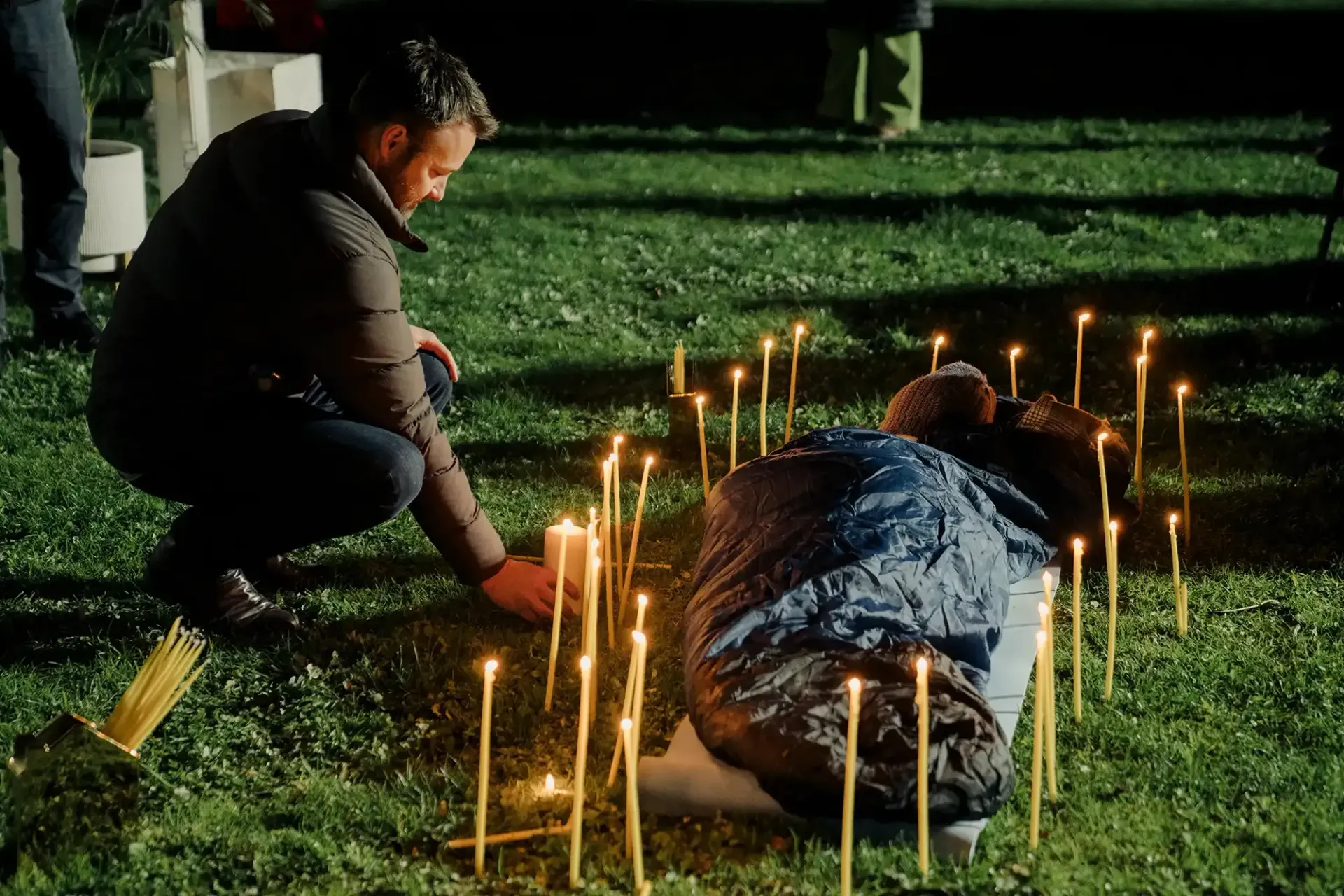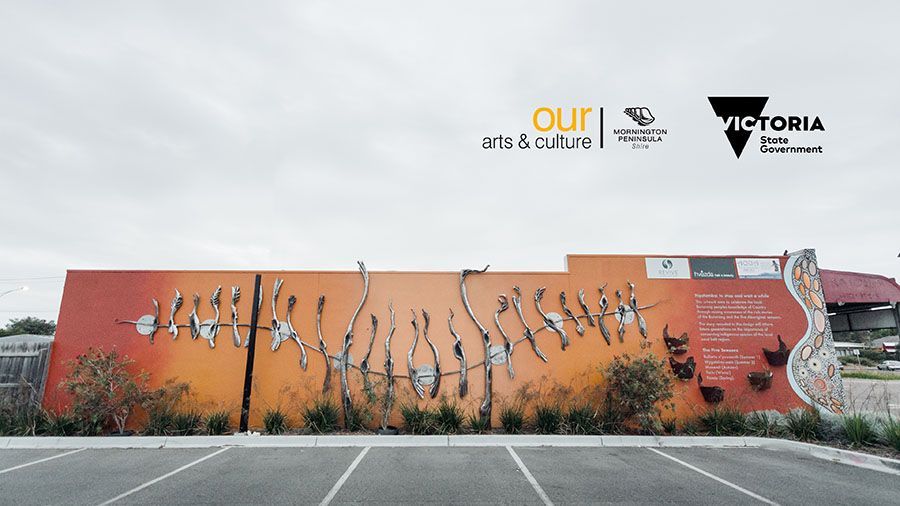Police Point, located in Portsea, Victoria, has a rich history.
Police Point, located in Portsea, Victoria, has a rich history. Originally established in the mid-19th century, it served as a vital quarantine station during the Gold Rush era. Ships arriving with passengers affected by contagious diseases were isolated here to prevent the spread of illness. In the late 1800s, the site transitioned to become a training school for police officers, thus earning its "Police Point" name.
During World War II, Police Point played a strategic role as a coastal defence post due to its vantage point overlooking the entrance to Port Phillip Bay. Subsequently, it housed American servicemen and was equipped with artillery and searchlights. After the war, it returned to its police training function.
In recent times, the area has been repurposed for various community and cultural uses, including art exhibitions, workshops, and public events. The historic buildings, gun emplacements, and picturesque surroundings attract visitors interested in the site's layered history. Police Point remains a tangible link to Australia's past, offering insights into its role in public health, law enforcement, and wartime activities.
Portsea, nestled on the Mornington Peninsula in Victoria, Australia, boasts a rich history that mirrors the evolution of the region. The area's indigenous inhabitants, primarily the Bunurong people, held a deep connection with the land for thousands of years before European settlement. In the early 1800s, British colonizers arrived, and Portsea began its transformation.
Initially, Portsea served as a pivotal point for maritime activities due to its natural harbor and strategic location. By the mid-19th century, the Peninsula had become a favored destination for the wealthy seeking respite from Melbourne's urban hustle. Portsea's alluring beaches and pristine landscapes soon attracted notable visitors, including Governor Charles La Trobe.
The construction of the Point Nepean Quarantine Station in the 1850s, intended to prevent the spread of diseases, marked a significant phase. With its military significance recognized, Fort Nepean was established at the entrance to Port Phillip Bay. The region also played a role in World War I and World War II as a defence outpost.
As time progressed, Portsea evolved into a prominent holiday destination. The establishment of the Portsea Hotel in 1876 further solidified its appeal, offering luxury and leisure to an emerging elite class. Beachfront mansions, often referred to as "Summer White Houses," became symbolic of the area's opulent lifestyle.
The town's history is not without tragedy, however. In 1967, the SS Cheviot, a steamship, met a disastrous fate off the coastline during a severe storm, resulting in significant loss of life. This event is memorialized by the monument "Polly Woodside" that stands in the town.
Portsea's cultural significance is evident in its association with prominent families, artists, and writers. It has inspired countless creative works and remains a subject of fascination in literature, art, and photography.
Despite its historical and cultural appeal, Portsea has not been immune to modern challenges. Coastal erosion and development pressures have led to debates about preservation and environmental sustainability. The tension between retaining its historical charm and catering to contemporary demands characterises the ongoing narrative of the town.
In sum, Portsea's history is a tapestry woven from indigenous heritage, maritime importance, military involvement, aristocratic retreat, and natural beauty. Its journey from a maritime outpost to a cherished vacation spot underscores its ability to adapt while retaining its unique identity. As visitors continue to flock to Portsea's shores, they engage with a living testament to the interplay of time, culture, and nature.







